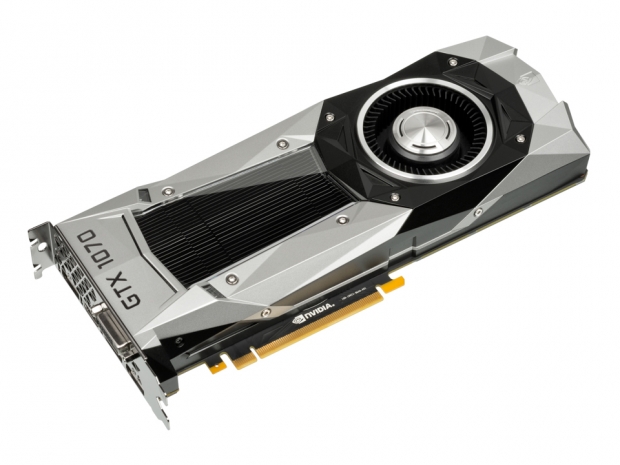Index
- Nvidia Geforce GTX 1070 Founders Edition review
- Hardware - Inside Nvidia's Founders Edition
- Geforce GTX 1070 Specifications
- Power efficiency and design
- Nvidia's Pascal GP104
- HDR display gaming now supported
- H.264 and HEVC playback on Geforce Pascal
- Single, double and half-precision performance
- PCI-E 3.0 x8 and PCI-E 3.0 x16 bandwidth
- Test setup
- Results - Fallout 4
- Results - Far Cry 4
- Results - No Man's Sky
- Results - The Elder Scrolls V: Skyrim
- Results - Just Cause 3
- Nvidia GPU Boost 3.0
- Conclusion
- All Pages
PCI-E 3.0 x8 and PCI-E 3.0 x16 bandwidth
One recent topic of investigation surrounding PCI-Express 3.0 graphics cards is the possibility of framerate performance variations from game to game depending on the engine’s CPU-to-GPU processing requirements.
We did some investigating on whether or not there is actually any perceptible difference between PCI-E 3.0 x8 (PCI-E 2.0 x16 equivalent) and PCI-E 3.0 x16 for the latest generation of cards, and discovered a pretty comprehensive review from October 2014 by W1zzard, the author of GPU-Z. Two years ago, he compared Geforce GTX 980 (Maxwell) framerate performance across different PCI-E bandwidth configurations (x4/x8/x16 1.1, x4/x8/x16 2.0, x4/x8/x16 3.0) and discovered less than a 1 percent performance difference between PCI-E 3.0 x8 and PCI-E 3.0 x16 for one of the previous generation’s top cards.
He explained that the driving factor for PCI-Express bandwidth limitations is high framerates, rather than higher resolutions. For instance, a game running at 100fps at 1600x900 resolution is going to require more bandwidth than the same game running at 30fps at 3840x2160p resolution.
In fact, the bandwidth constraint only becomes noticeable with games that constantly stream large amounts of data between the CPU and GPU for post-processing effects (Ryse: Son of Rome), games that use virtual textures (Wolfenstein: The New Order), and games that use a deferred rendering engine (WoW: Warloads of Draenor). We did not test any of these three games, but for those who do make an effort to play them, using PCI-E 3.0 x16 bandwidth should prove to be useful at lower resolutions.
For our test configuration, we used an Intel Core i7 5820K processor featuring 28 PCI-Express lanes along with an EVGA X99 Classified motherboard. Due to the bandwidth limitations of a 28-lane CPU, however, the graphics card can only operate at full PCI-E 3.0 x16 bandwidth when installed in PCI-E Slot 1. Along with heatsink size restrictions in our setup, we were only able to place the GTX 1070 in Slot 2, 3 and 4, all of which operate at PCI-E 3.0 x8 bandwidth.




